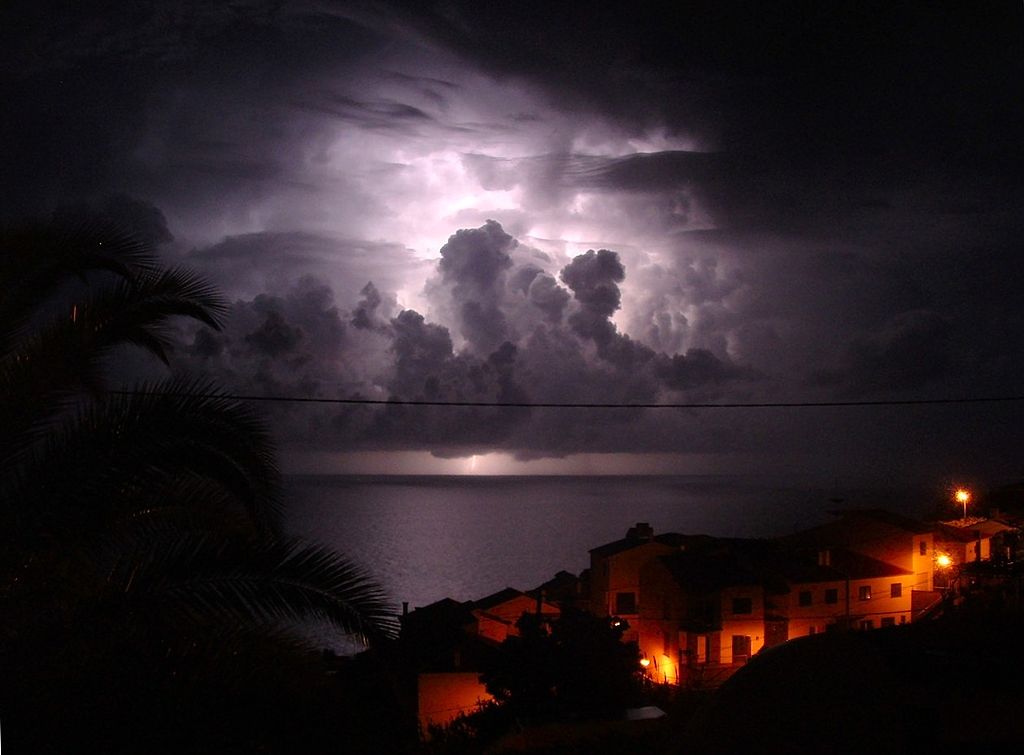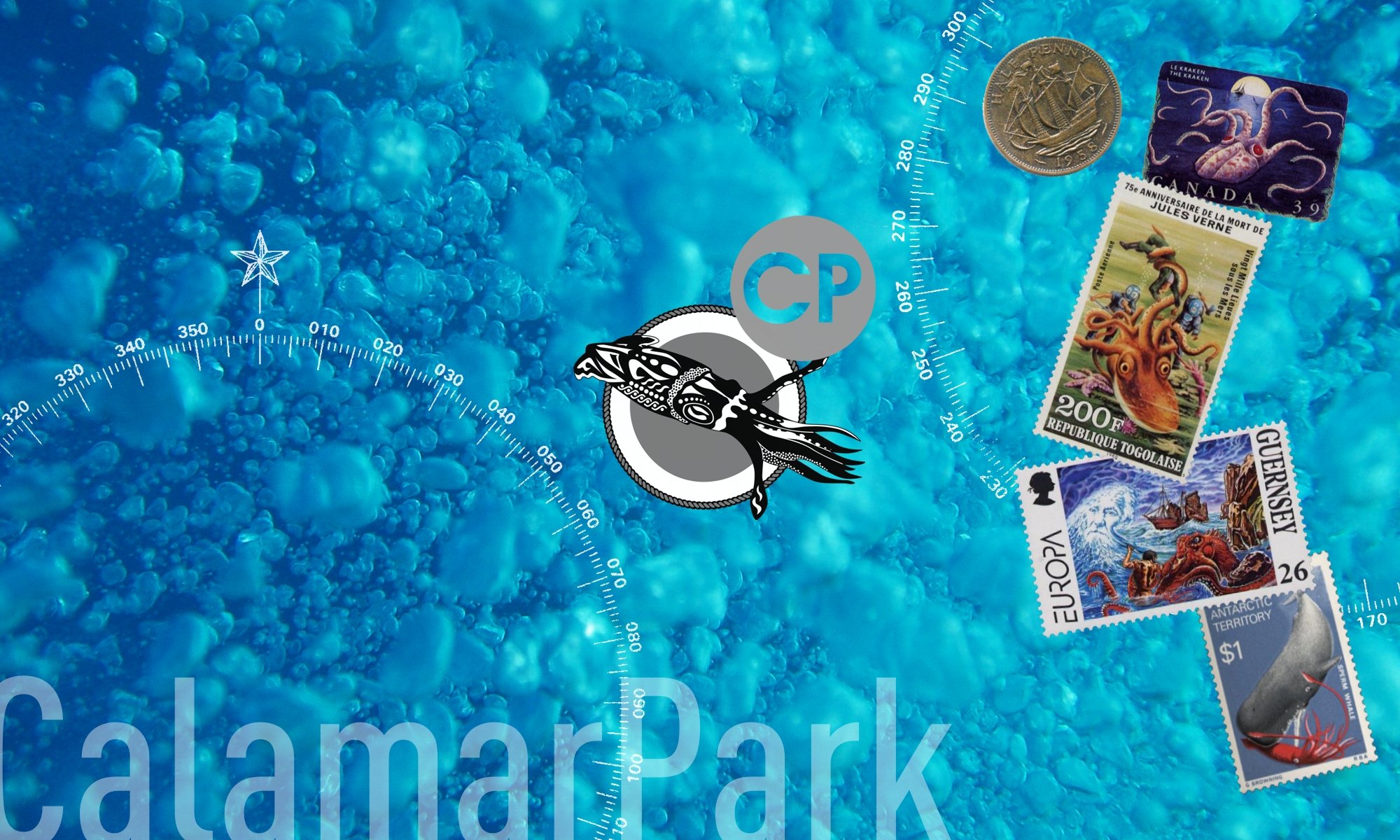 This chapter aims to find preventions and handling to reduce risks of a lightning strike.
This chapter aims to find preventions and handling to reduce risks of a lightning strike.
It should be compatible with the Worst Case Scenario introduction and includes the following sections:
- Coverage
- Introduction
- Critical Phase before and after a thunderstorm
- Preventive Measures
- Sources
Our extensive analysis and proposals are part of the design manual.
Images:
- Lightning Image: Taken from Wikimedia; © Don Amaro from Madeira Islands, Portugal, upload by Herrick 17:17, 4 December 2007 (UTC)

